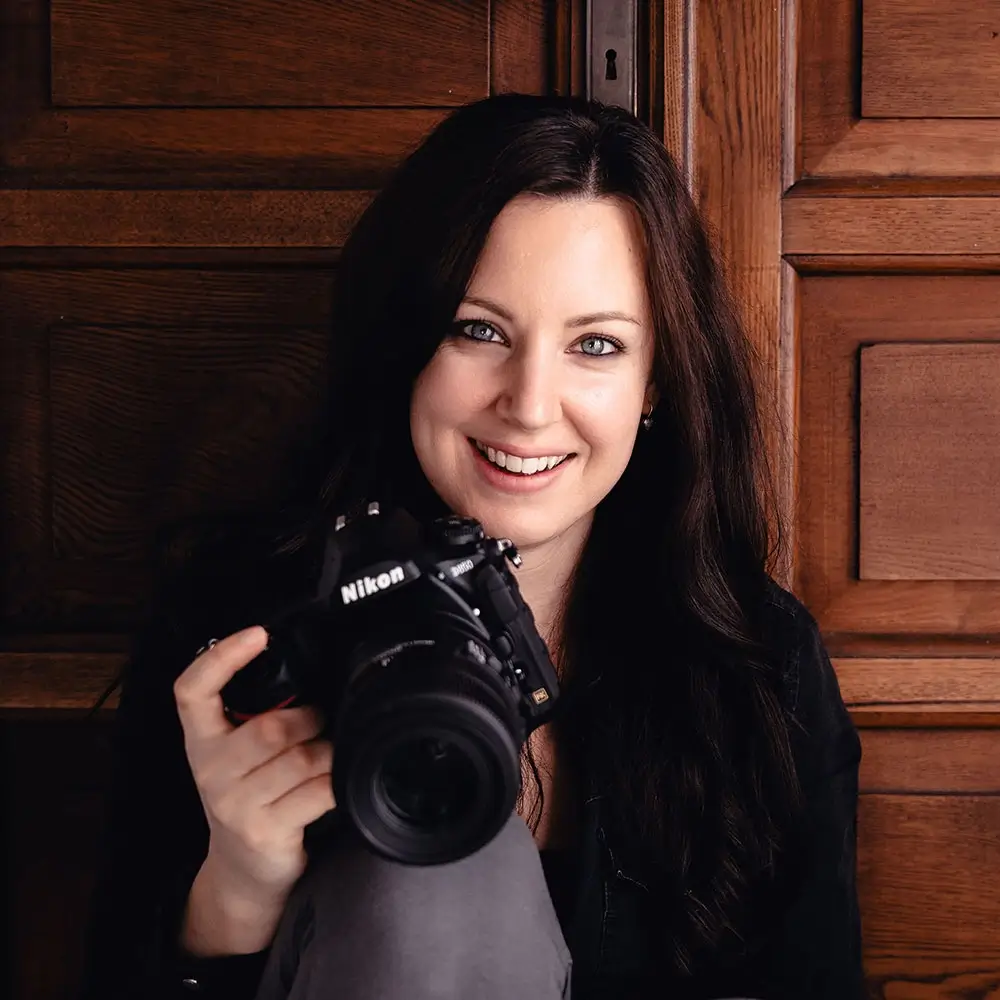My name is Roberta Dall'Alba, and I'm a passionate food and travel
photographer. When I work with companies my goal is to create for them
authentic images that truly connect with people and spark a desire for their
products and services.
Photography brings immense fulfillment to my life because it allows me to
express myself, capture emotions, and tell stories. My deep appreciation for
aesthetics and attention to details and feelings helps me create images that are
not only beautiful but also meaningful..
Through my photography, I strive to show others the beauty of the world,
inspiring happiness and appreciation for our surroundings. By doing what I do, I
hope to encourage a sense of wonder and connection that can make the world
a better place. I am multi-passionate and cannot stand the idea of dedicating
my time to only one type of photography, which is why I love capturing a wide
range of subjects
